The progresses of EV and autonomous driving technology bring in new designs and functions for vehicles. Automotive displays also extend its applications from function oriented to entertainment oriented. Rearview mirrors, dashboard and central control system also become more integral, leading to new challenges and opportunities for technology developers. At AUTOMOTIVE WORLD 2020, countless new technology and products were thus presented.
Japan’s Asahi KASEI created a conceptual self-driving car at AUTOMOTIVE WORLD, providing a next-gen transportation experiences for visitors. With driverless car simulation, Asahi KASEI made upper part of the car transparent to show weathers and condition of the environment. Car users could feel the atmosphere of the surrounding such as falling leaves or blooming flowers while enjoying safety in the car.
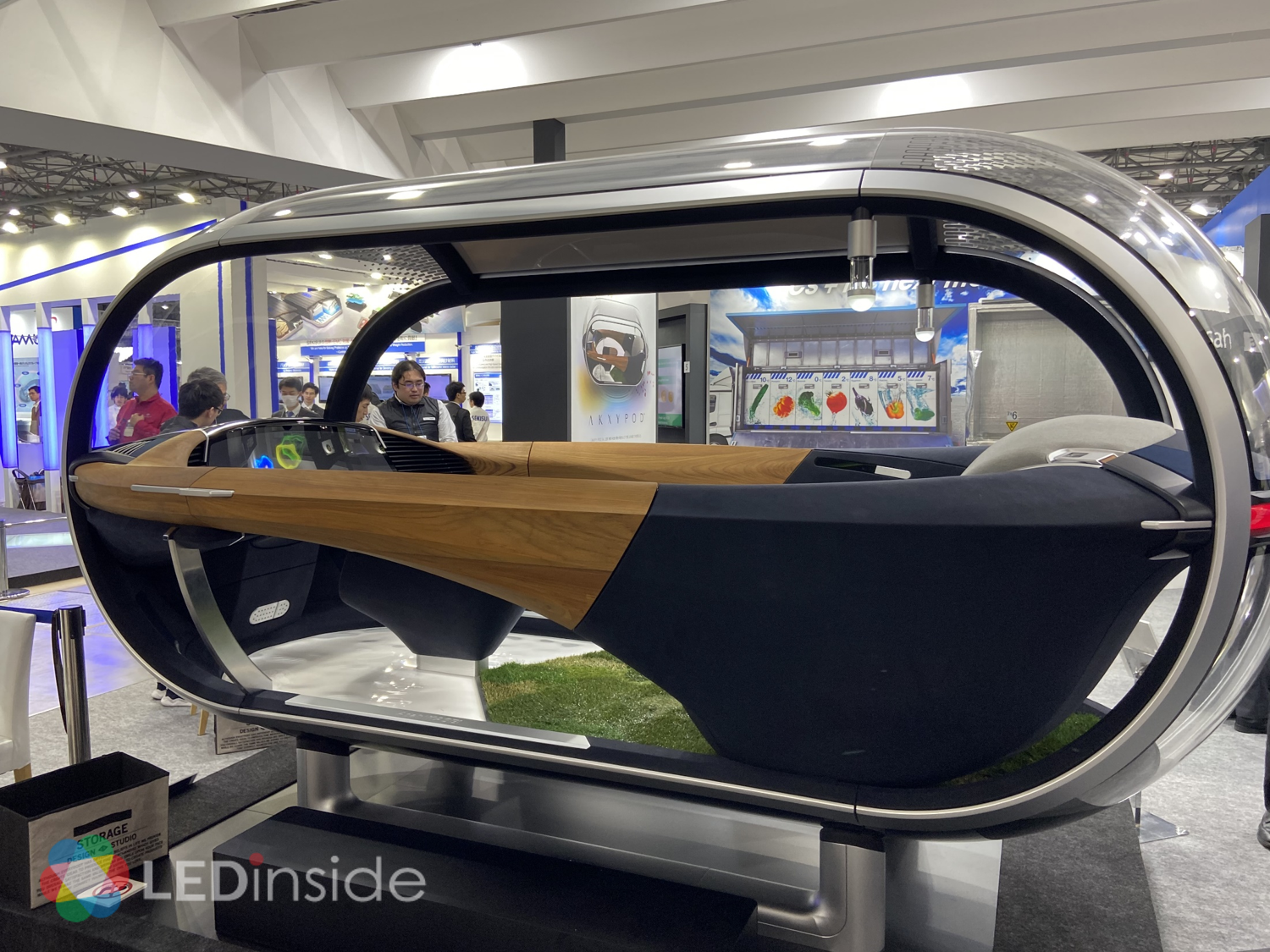
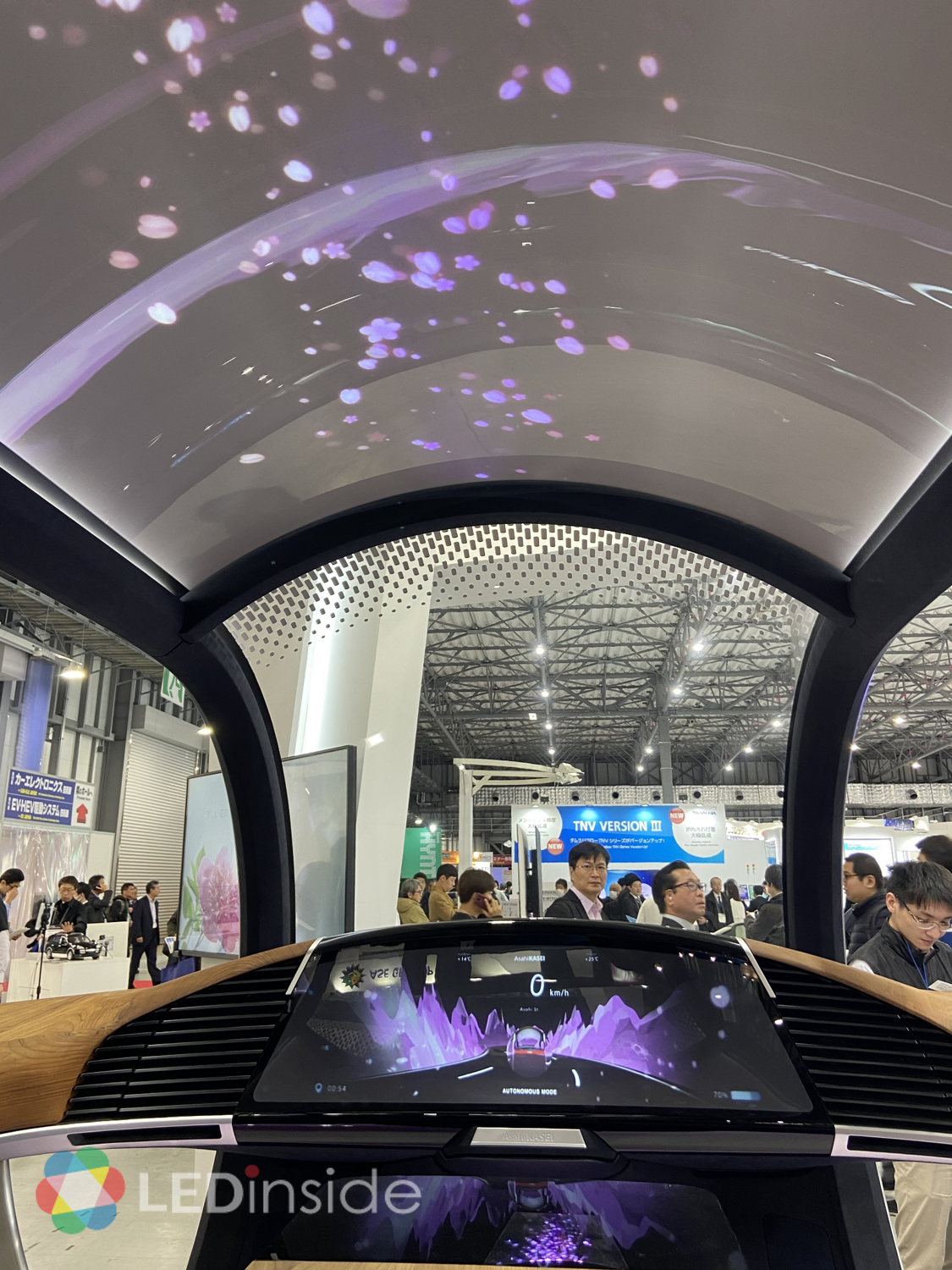
Tianma from China presented several automotive displays including curved displays and integrated large size one, as well as freeform design. Tianma noted that as a panel builder, it has to deliver flexible display designs to meet the demands of automobile makers. Larger size, on the other hand, allowed integration of dashboard and central control system.
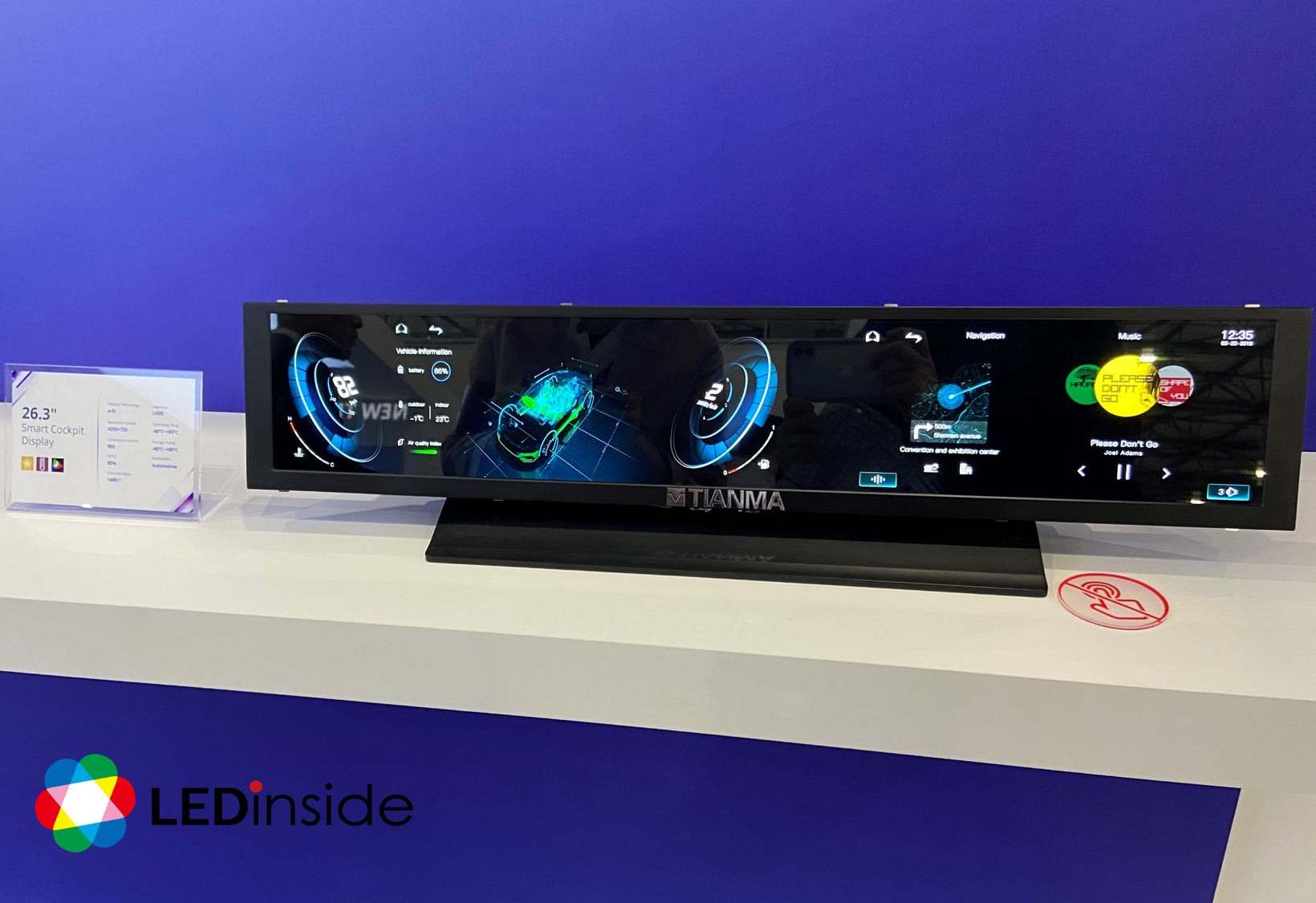

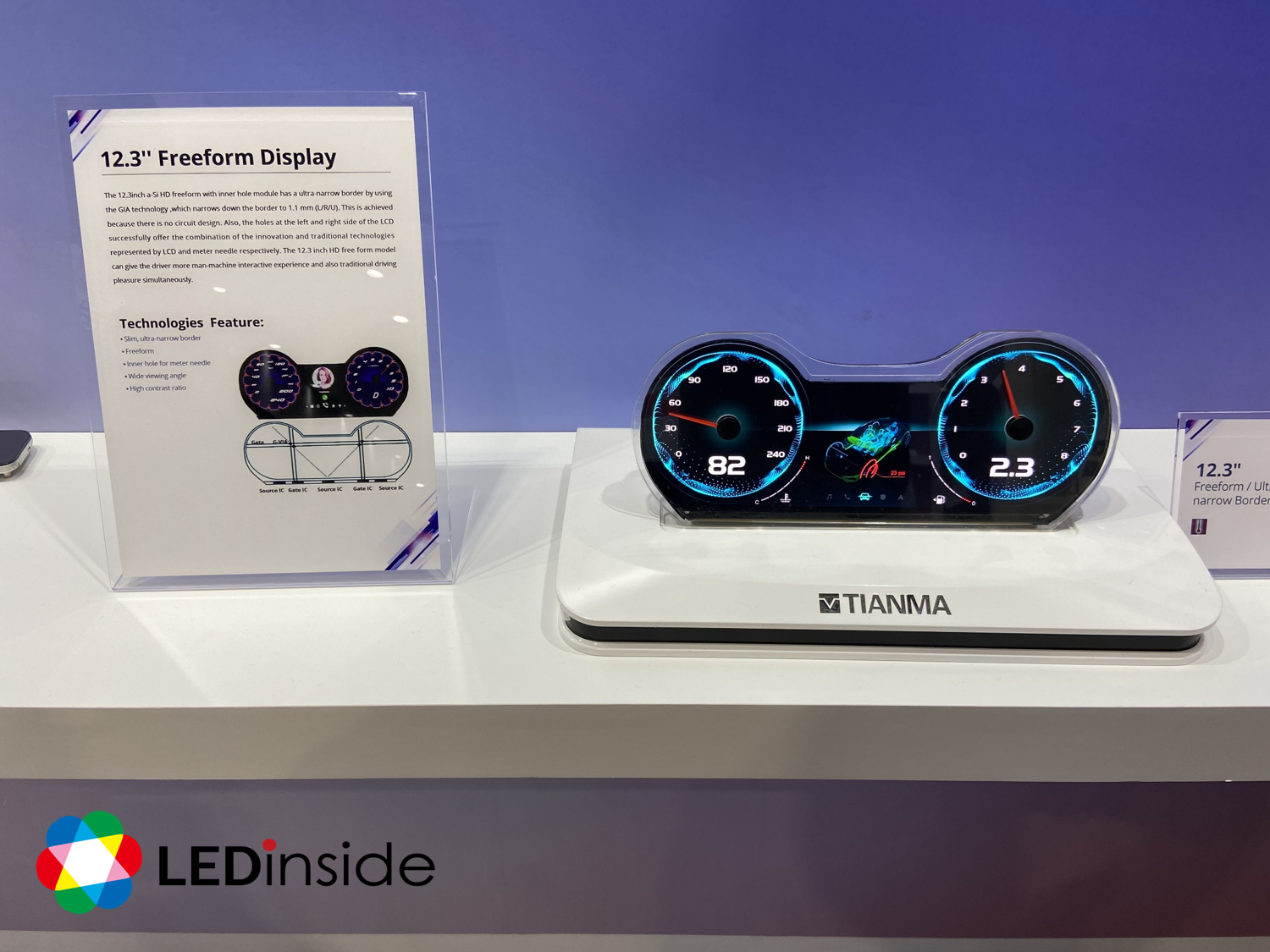
In addition, Tianma showcased a waterproof display which can precisely detect touching with water running on top of the penal. Other novel products included display with tactile feedbacks, fordable AMOLED, local dimming technologies and more.
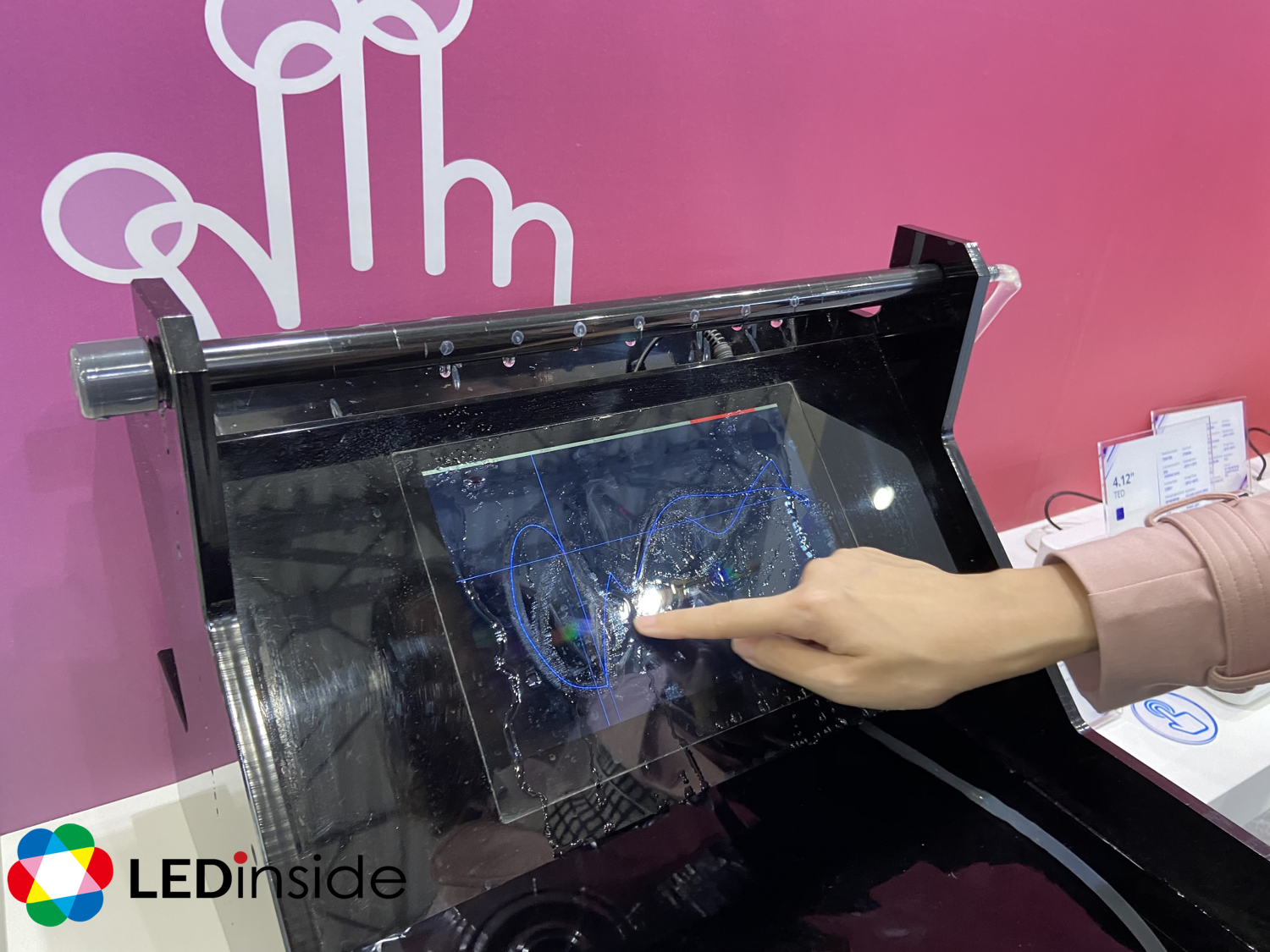
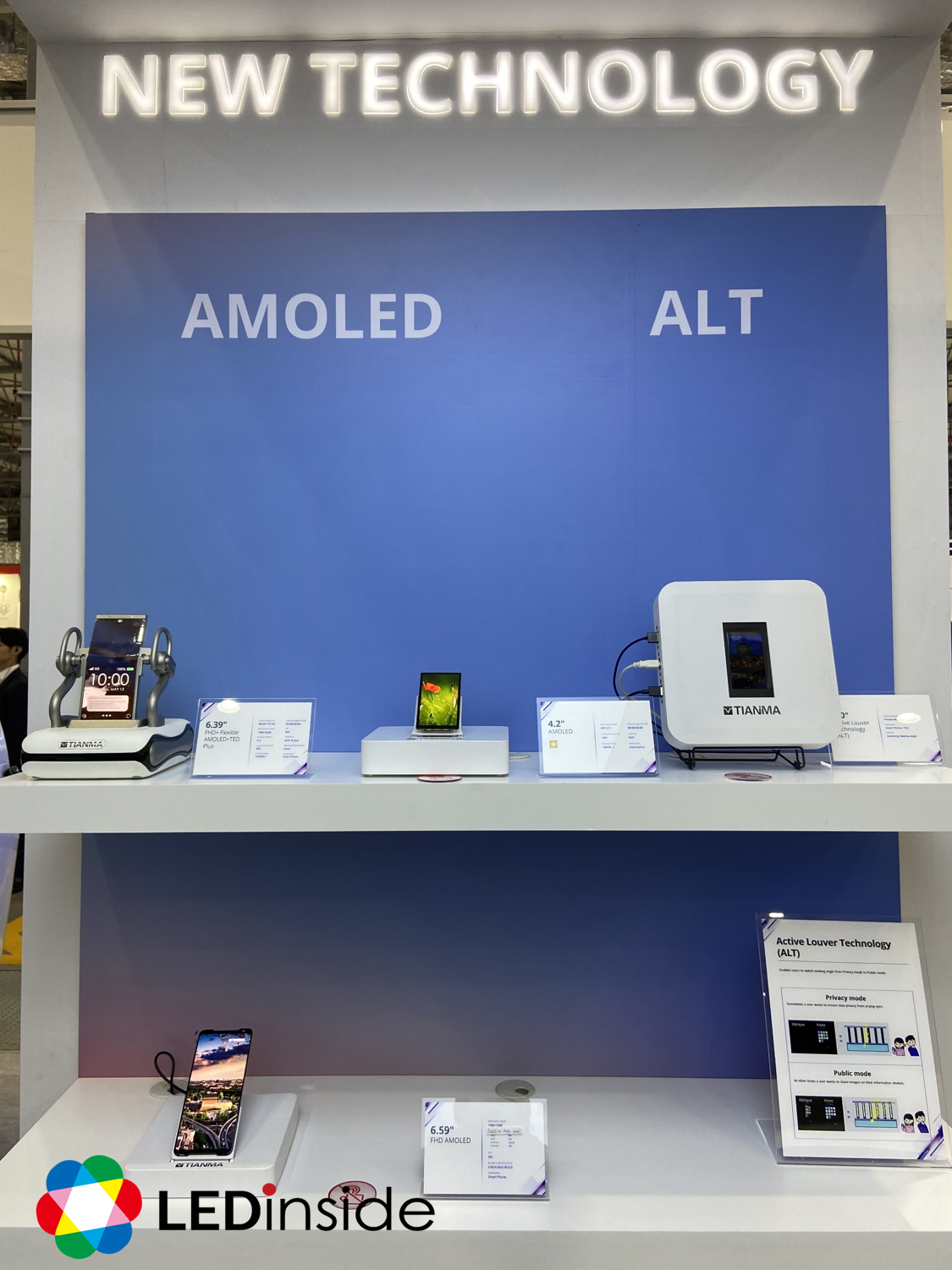
Turly exhibited TFT, AMOLED, PMOLED displays for automotive applications. Its curved and large size products come close with the current trends. Small size AMOLED displays delivered high contrast and vivid color that suits wearable products. Its PMOLED features transparency and high refresh rate.
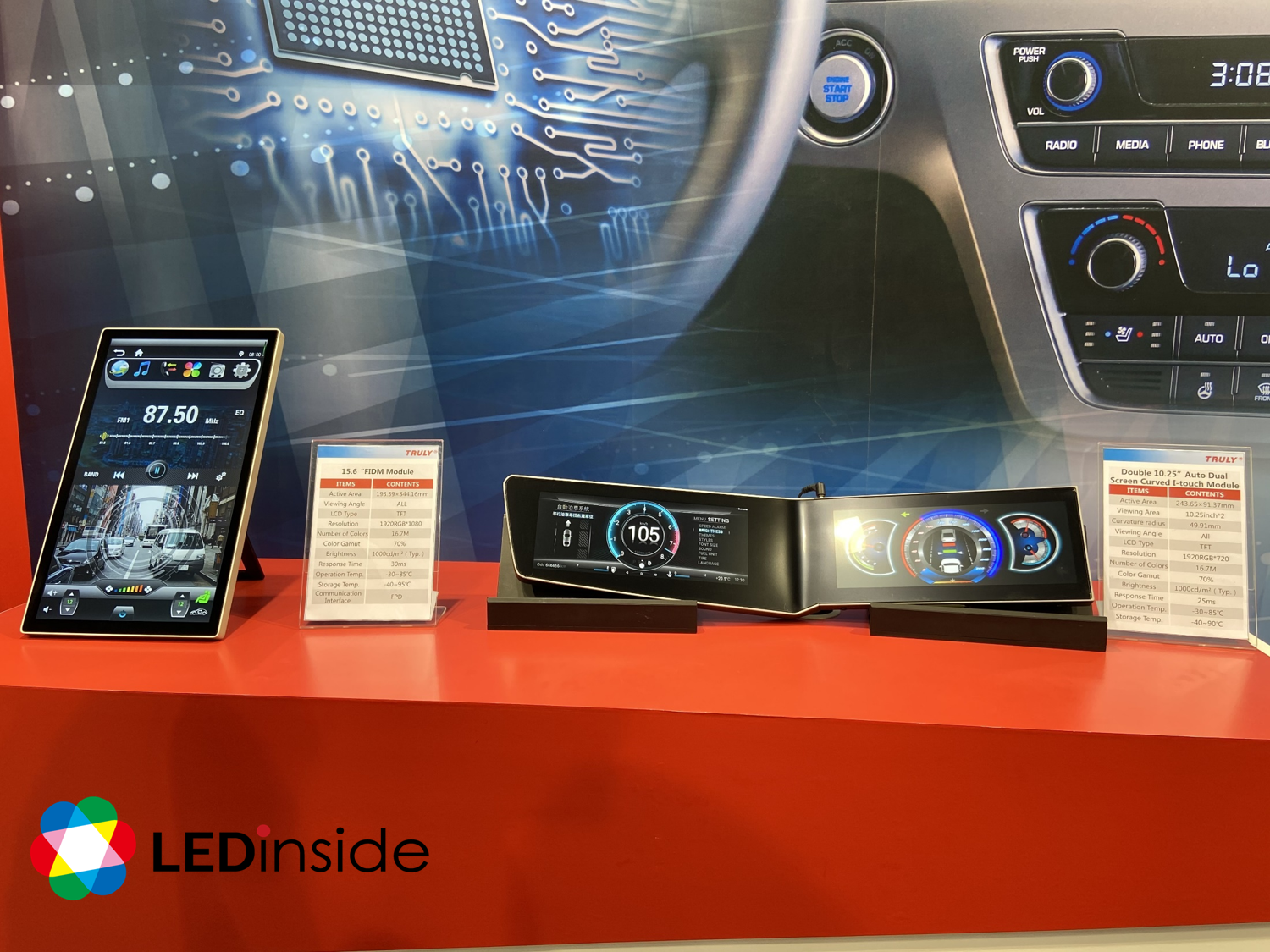
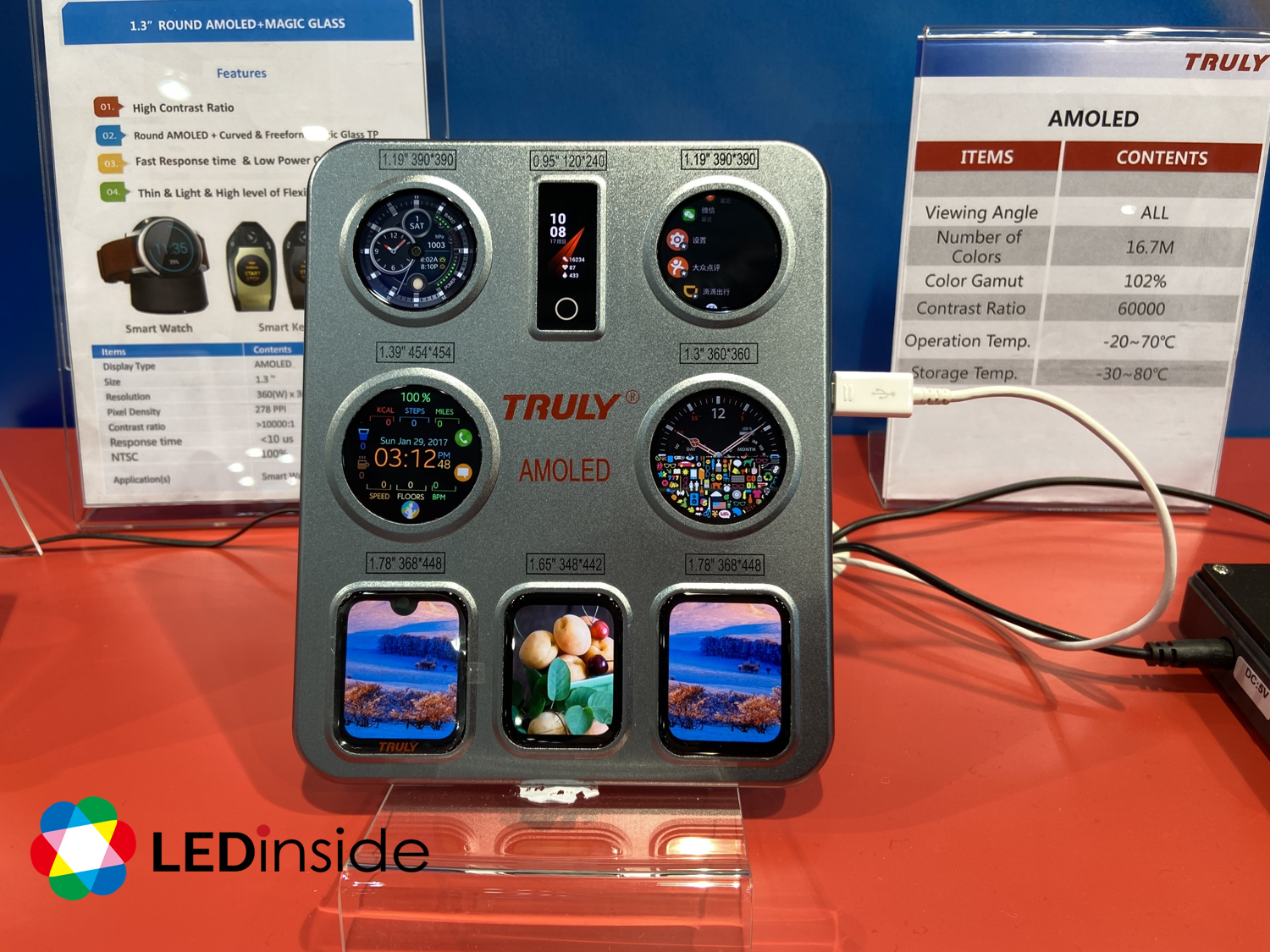

Another Japanese company, TOPPAN and its penal subsidies ORTUSTECH revealed displays for industrial vehicles. They features high brightness and maintain the same display quality in all kind of lighting condition to fulfill demands of outdoor running industrial vehicles.
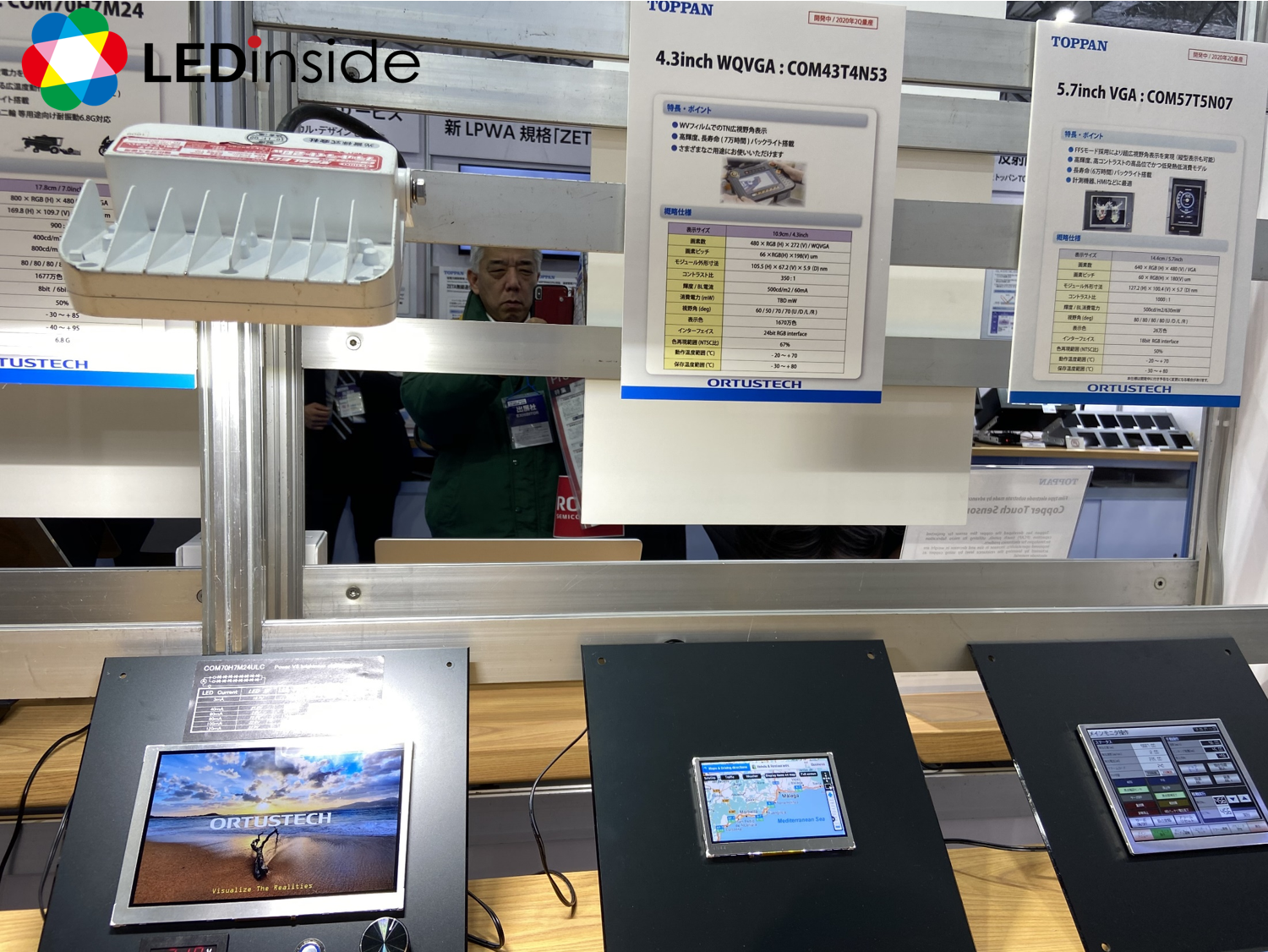
TOPPAN also demonstrated automotive films that change transparency. When being attached with glasses, current adjustment will make it transparent or opaque, improving safety or privacy.
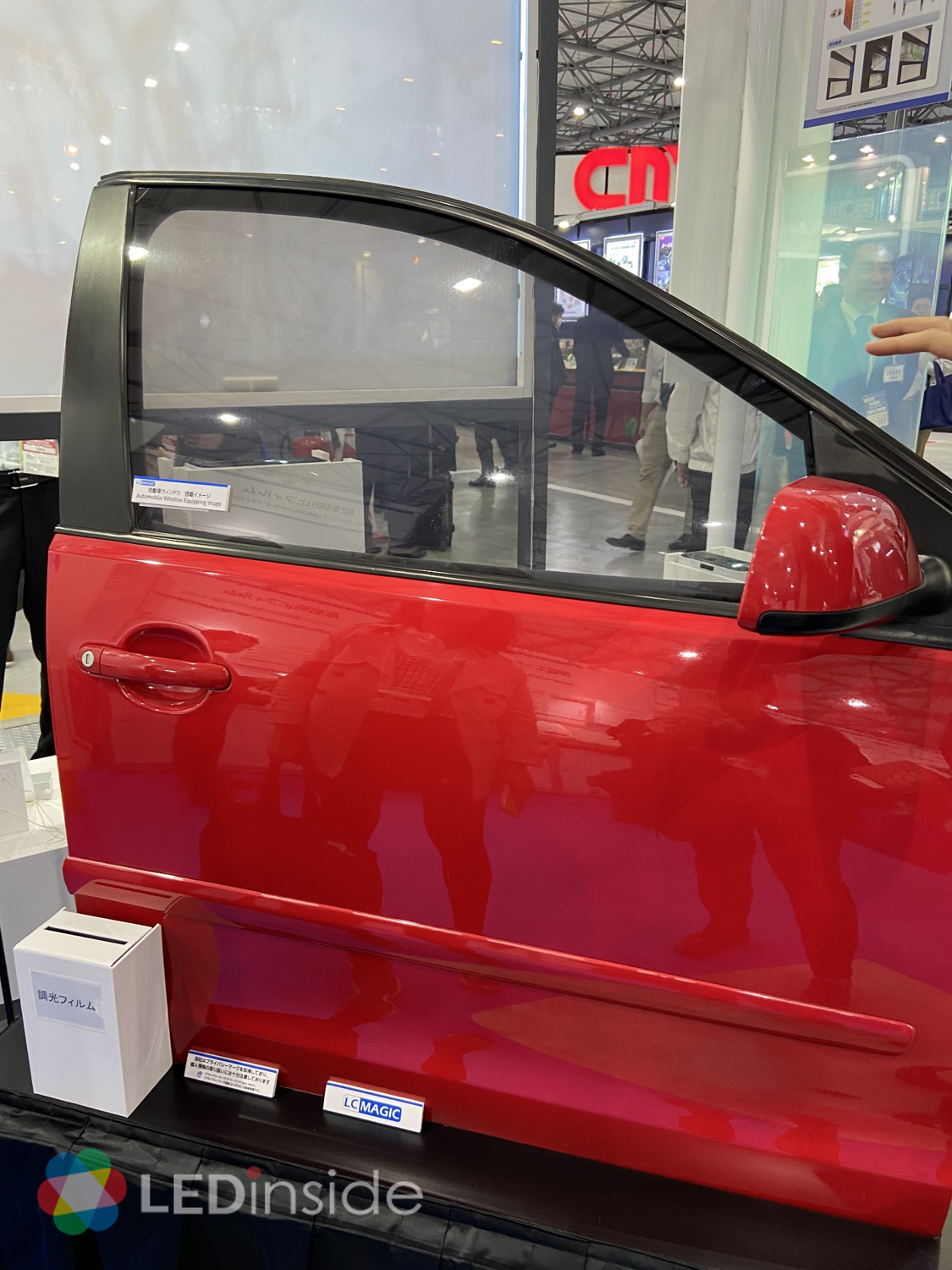

Moreover, LEDinside observed at this year’s show that floating display with non-touching human-machine interface became a new trend. Similar product was revealed in NEPCON 2019 as well but this time there were more LED or display companies demonstrating related applications. For example, ORTUSTECH presented many floating displays using refraction and reflection technology to deliver displayed images in the air and include sensing components for user to give orders without the need to touch a screen.
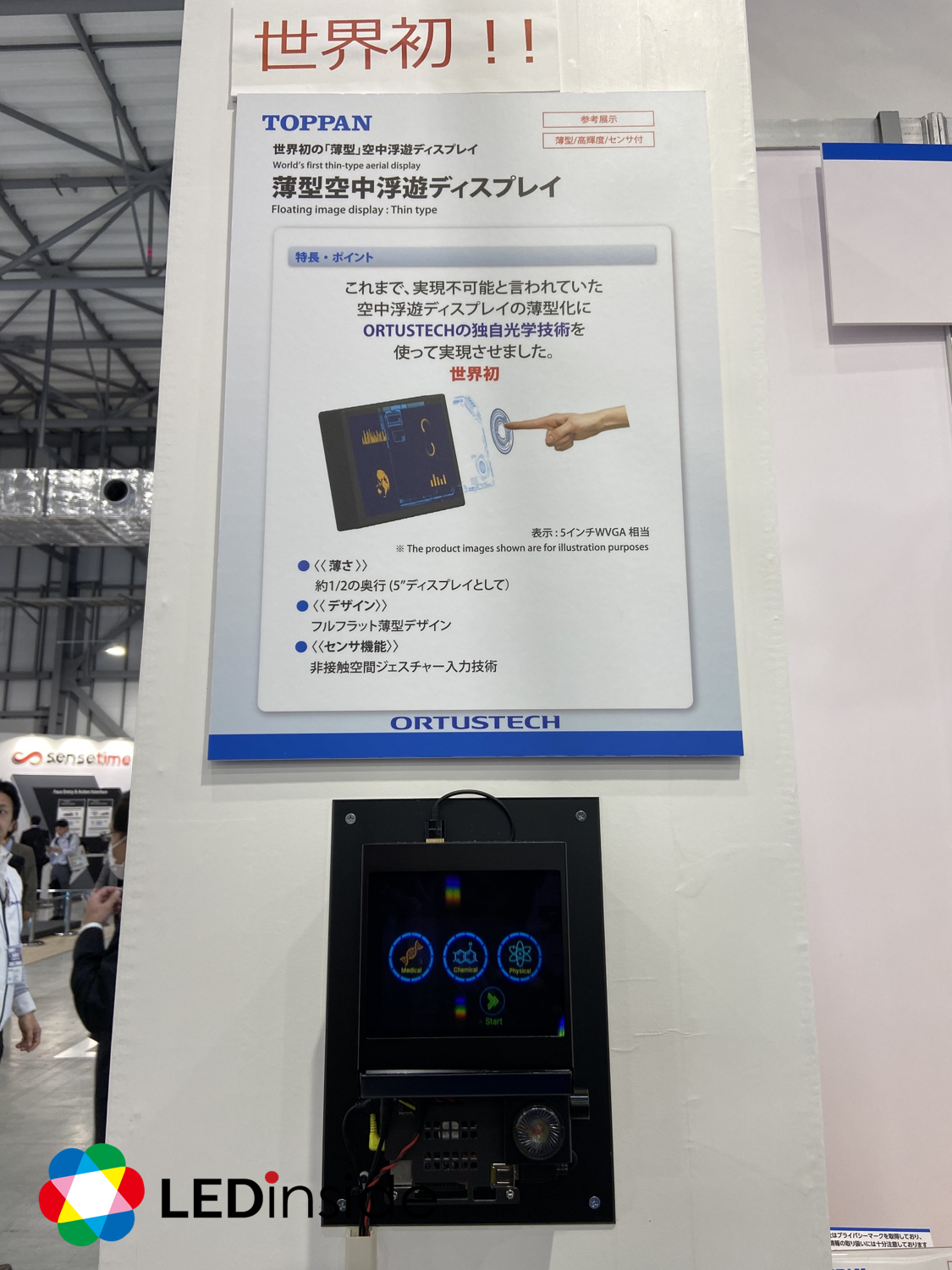
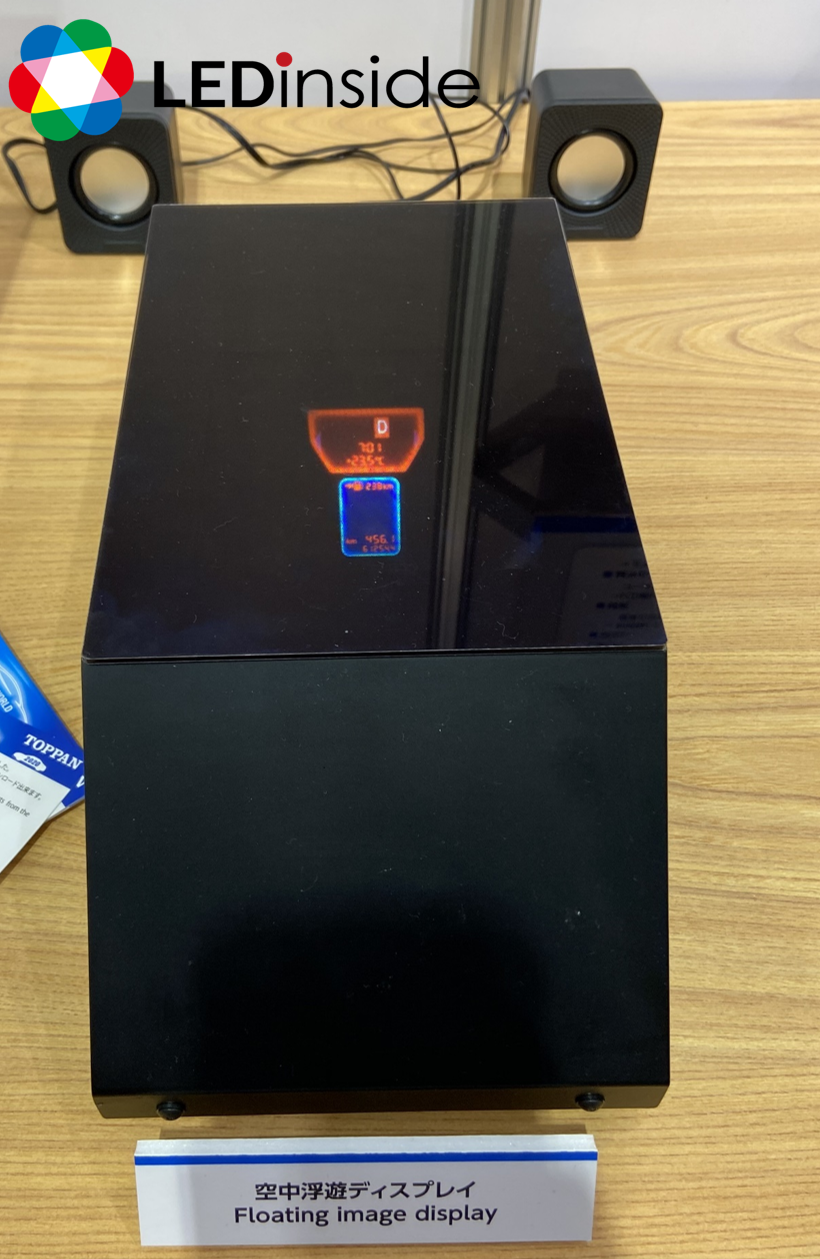





 CN
TW
EN
CN
TW
EN




















